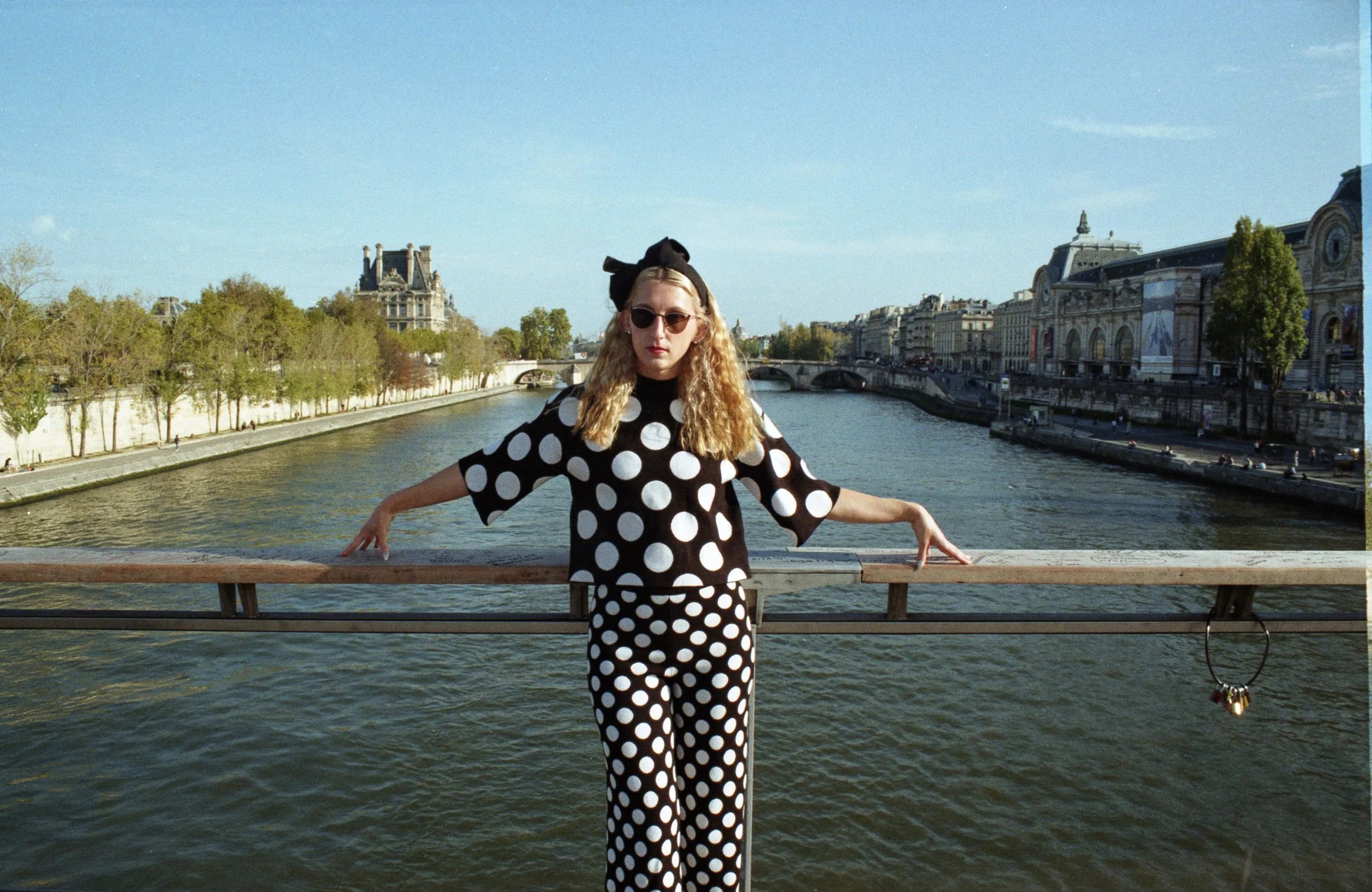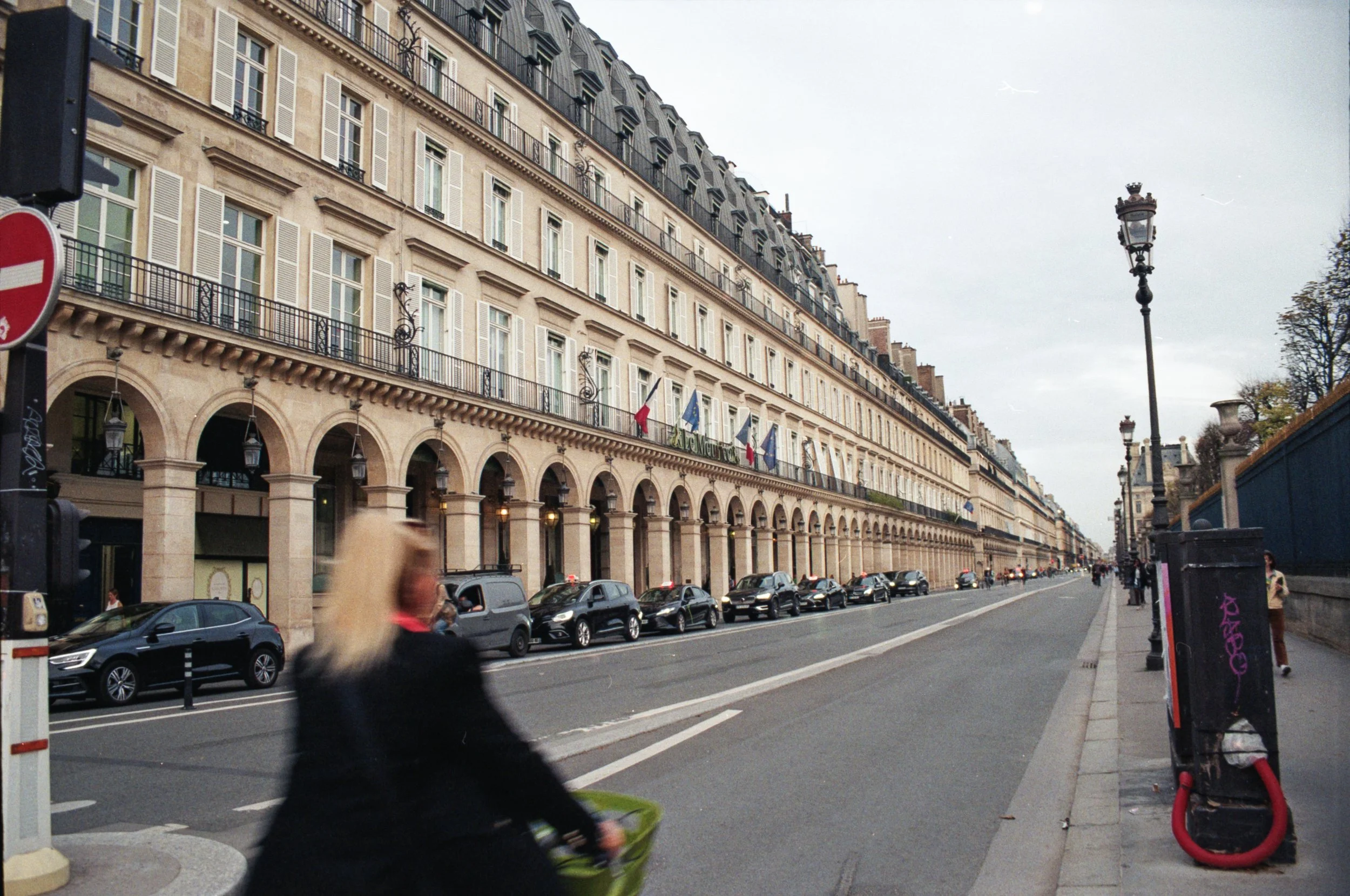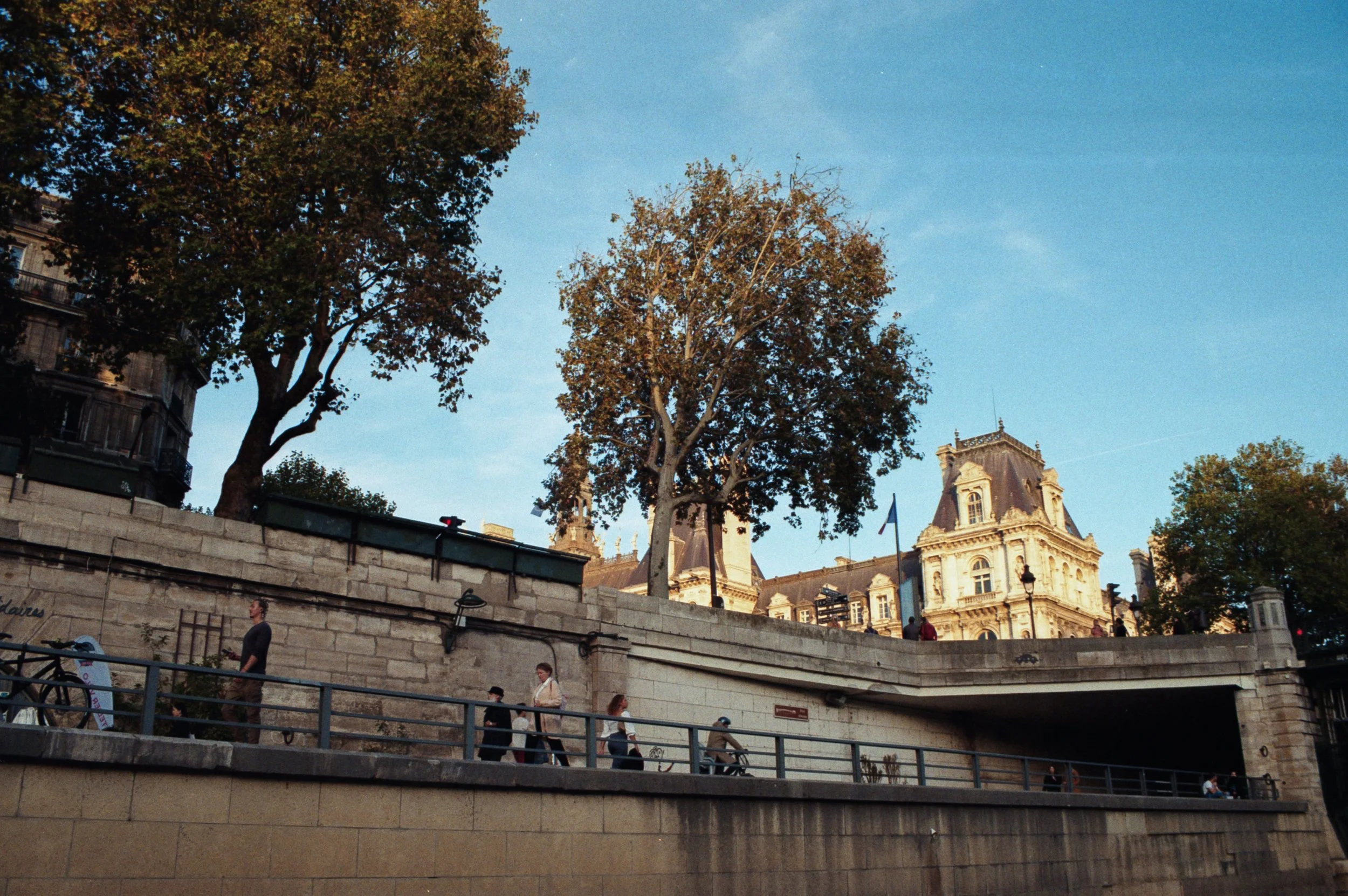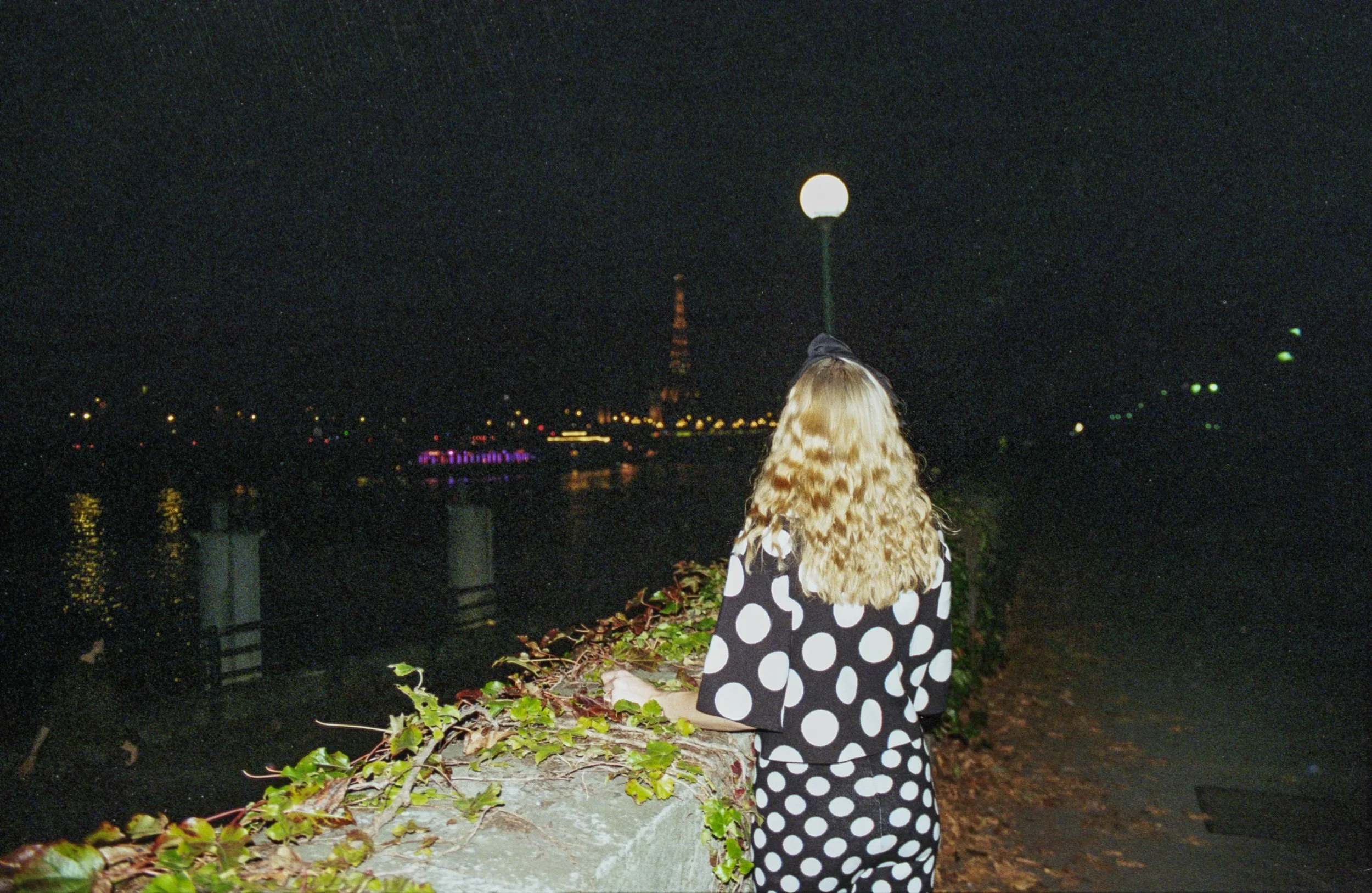When I was planning my 16-day trip to England to hike the 102-mile Cotswold Way National Trail, I wanted to bring a handful of different film stocks I’d never tried before. I loaded up my film pouch with dozens of color and black and white film rolls, knowing I’d have to carry it all for 102 miles, but knowing at the end of it all, it would be worth it. Or at least, hoping it would be! There is nothing more exciting to me than capturing my travels on film. Taking photos on my phone of a place I’d potentially never be able to visit again in my lifetime, just doesn’t cut it for me. I need memorable, one-of-a-kind images that I could proudly hang on my wall.
Kentmere Pan 100 is one of those films I’ve seen time and time again when shopping online for film, but I’ve never tried because it just seemed too affordable. It made me question whether it could take photos that compared to some of the more expensive black and white film stocks, like Neopan Acros 100 or Ilford HP5. But, considering I had a LOT of film to buy for my trip, I didn’t want to spend my entire life savings on film. Kentmere Pan 100 is one of the cheapest black and white 120 films out there and is often considered a “student grade” film for those who are just starting out or don’t want to spend a ton of money on film. I’m honestly surprised I never tried this one out in college! It’s available in 35 mm and 120 formats, so I’ll have to try out the 35 mm version next!
When I was first scanning film from my trip, I could tell immediately I was going to love this film. There was a soft eeriness to it that perfectly complimented the old churches and buildings I photographed throughout my hike. I was surprised by the level of sharpness that such an affordable film offered. While its not quite as sharp as I’m used to for a 100 speed film, I added just a tiny bit of sharpening when editing in Lightroom and it turned out exactly as I’d hoped. One of the most exciting aspects of this film was how well it handled low light. Oftentimes, when I’m shooting with a toy camera like the Holga GCFN and I’m using 100 speed film, I have to make sure I’m shooting in extremely bright daylight with no shade whatsoever, in order to get the best images possible. However, with this film I noticed that it handled the shadows with ease, offering more detail that I would have expected. While it’s definitely not as contrasty as Neopan Acros 100 (one of my favorite black and white films), sometimes it’s nice to have images that start out a little more flat. That way, you can adjust the shadows and highlights to your liking. There is hardly any noticeable grain at all in this film, which is ideal for fine art printing because you can blow up your images rather large and still get clarity and smoothness. This would be a great film for darkroom printing, which is why I’m assuming it’s often used for students and photographers who are just starting their journey into film photography.
I honestly have nothing bad to say about this film. It’s incredibly affordable and is a perfect standard black and white film. While I personally prefer the tiniest bit more contrast, I still love how dreamy and nostalgic these images turned out. I will definitely be including this film stock in my future B&H orders (my favorite place to buy cameras & film!), especially because it’s cheap! But also because it’s easy to work with, offers great detail and sharpness for the price, and captured my hike in the Cotswolds exactly how I hoped it would. :) If you want to find out more about our hike, I have a full video series on my YouTube channel. You can watch it here!
WHERE TO BUY KENTMERE PAN 100 120 FILM
WHERE TO BUY KENTMERE PAN 100 35 MM FILM
(By using the affiliate links and/or codes in this blog post it supports Myles Katherine Photography. We may get a small kick back by you doing so.)
You can read more about my favorite black and white film stocks here or my favorite color 35 mm film stocks here!
If you found this post helpful or inspiring, I’d love it if you considered signing up for my Patreon! For as little as $1 a month, you’ll get early access to all of my YouTube videos, plus tons of photos that I don’t post anywhere else. Depending on which tier you choose, you could also receive seasonal prints and/or discounts! I always use all of the proceeds towards cameras, film & processing.
If you have any questions, I’m always happy to help! You can contact me here, or leave a comment below! Thanks so much for stopping by! You can also check out my B&H Photo storefront & Amazon Storefront for more camera/film recommendations. :) Have a magical day!
<3 Myles Katherine
(By using the affiliate links and/or codes in this blog post it supports Myles Katherine Photography. We may get a small kick back by you doing so.)


















































































